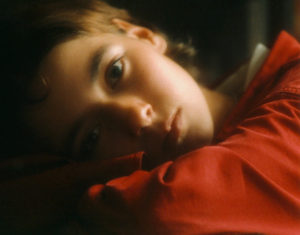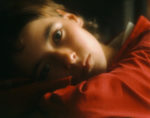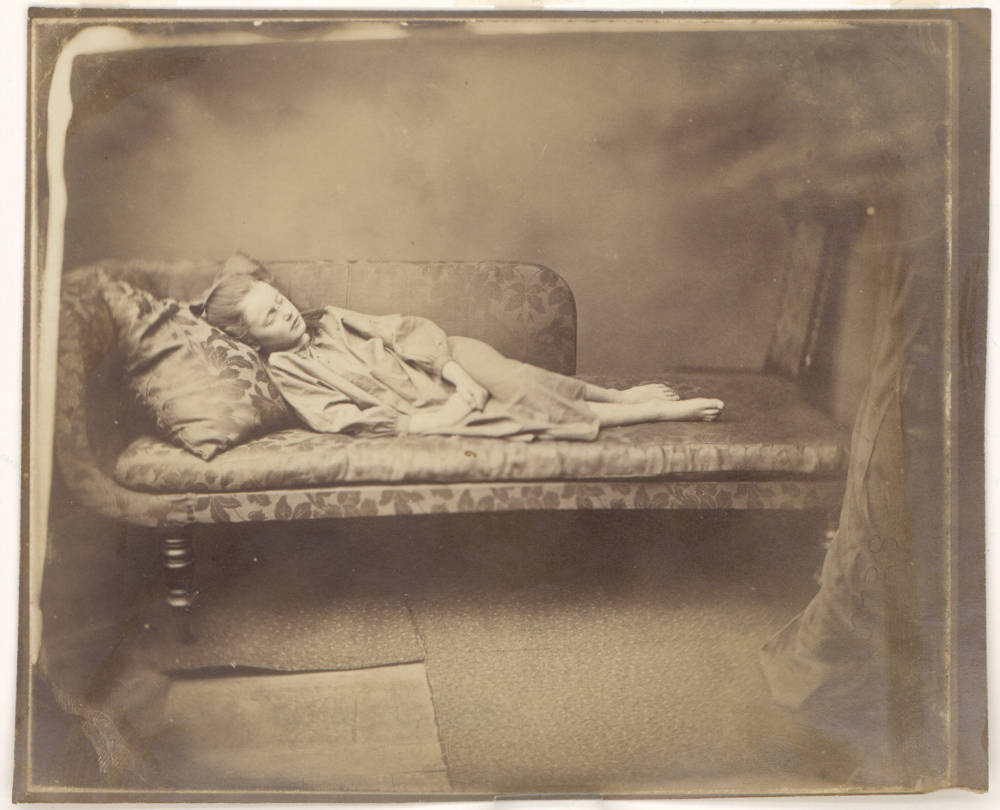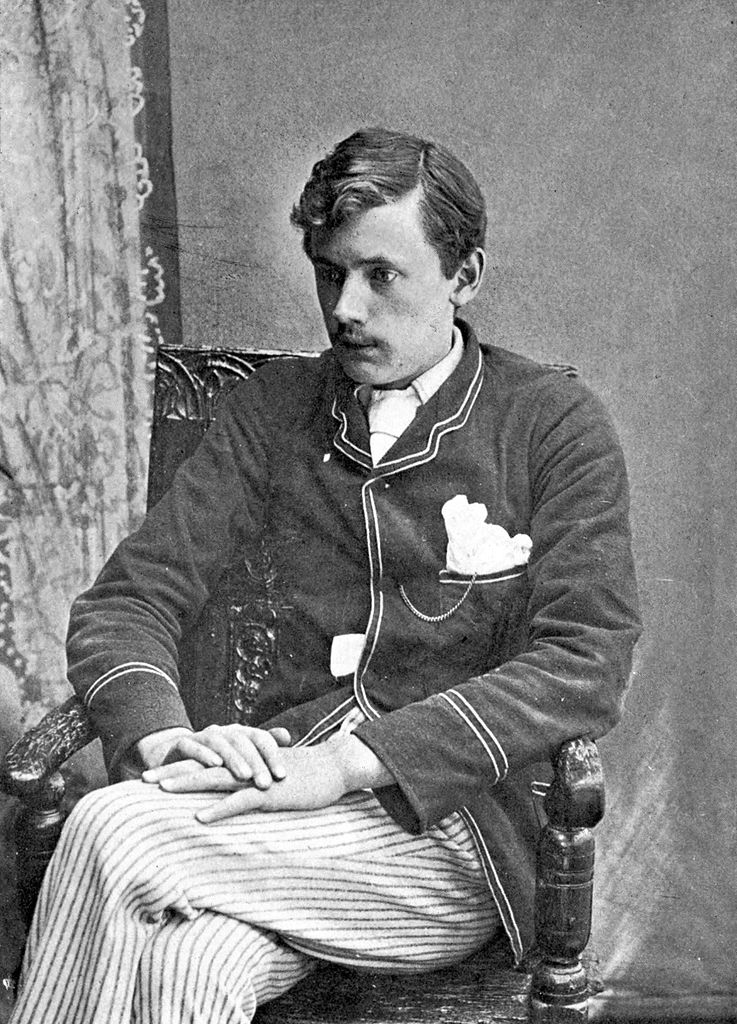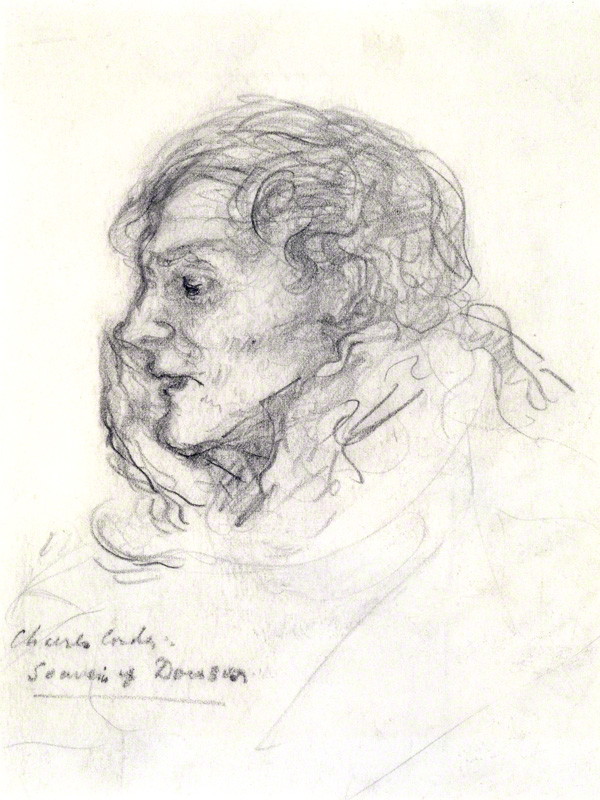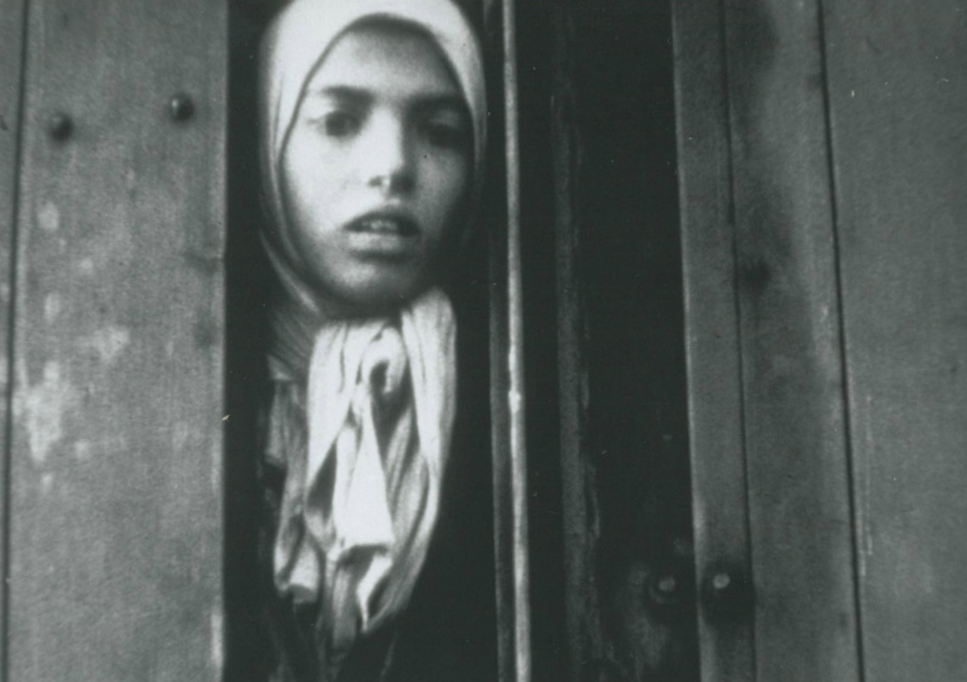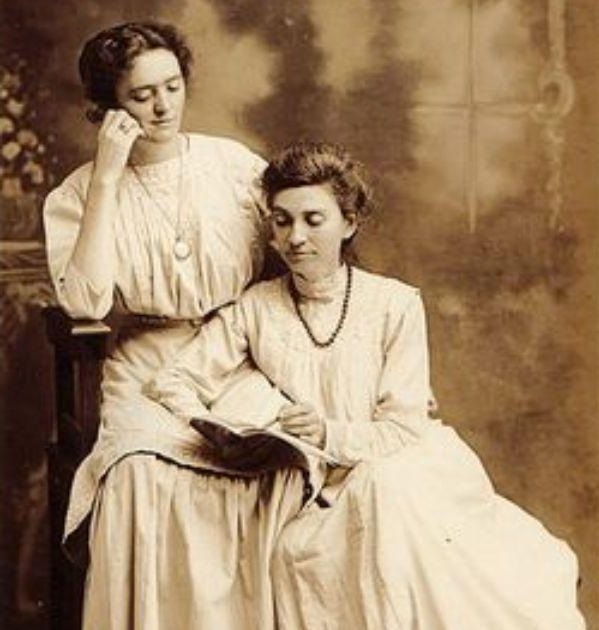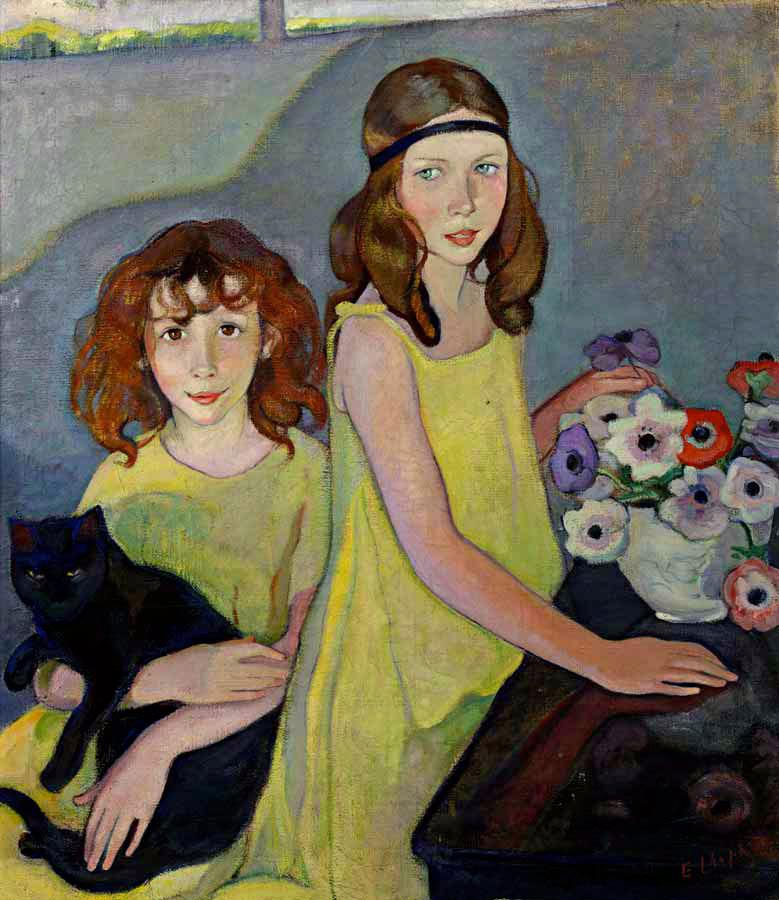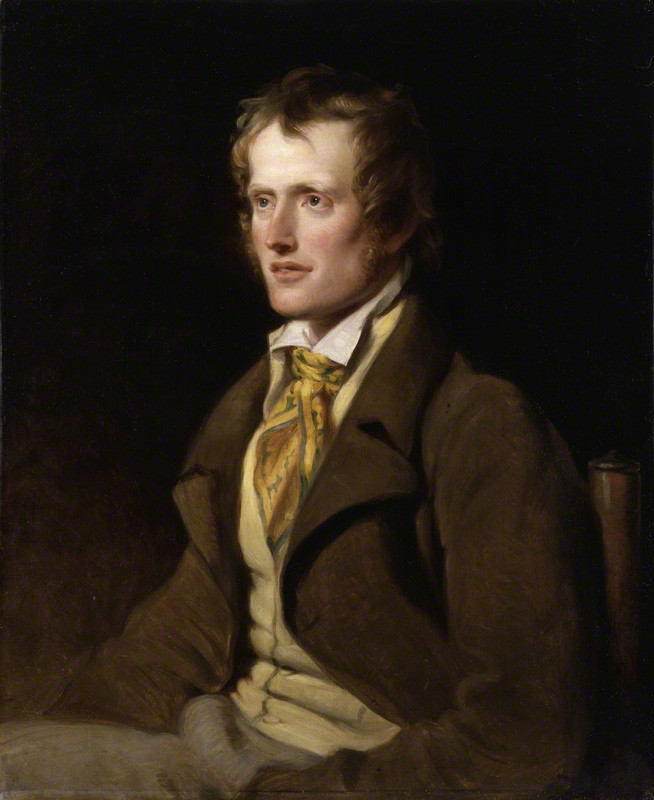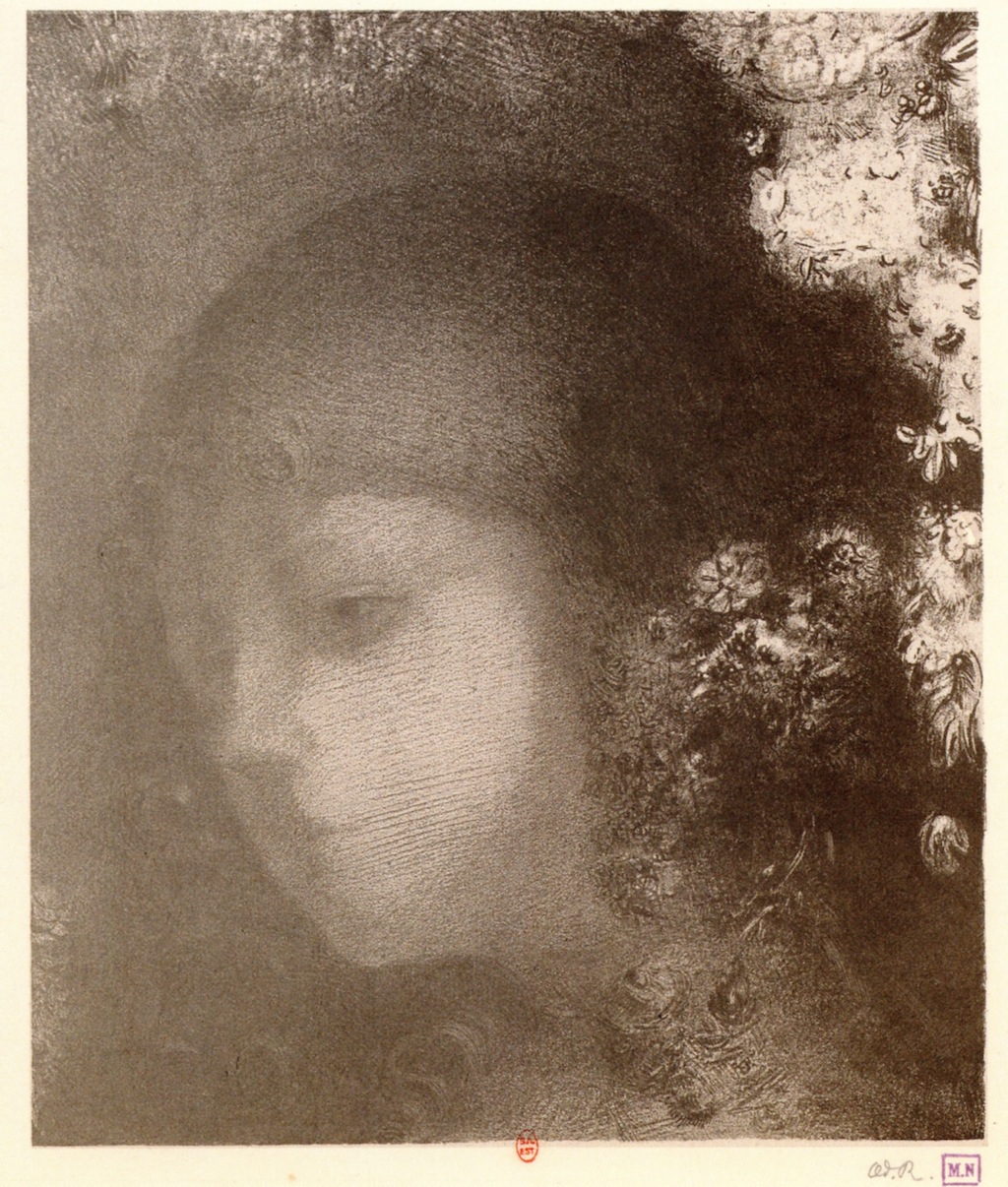
Né le 20 avril 1840 à Bordeaux sous le nom de Bertrand Redon, Odilon Redon est un peintre, dessinateur et graveur symboliste français. Le choix qu’il fit de s’appeler Odilon vient du prénom de sa mère, Odile.
Cultivant une forme d’ésotérisme, ses œuvres sont comme une sorte de fenêtre ouverte sur un monde spirituel caché. Ses peintures oniriques en font un précurseur du surréalisme. CONTINUE READING / CONTINUER LA LECTURE…
